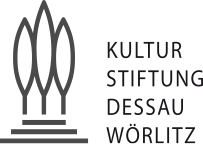Herzlich Willkommen auf der Homepage der Kulturstiftung Dessau-Wörlitz.
Wir freuen uns, Ihnen unseren neuen Internetauftritt zu präsentieren und laden Sie ein, sich über das Gartenreich zu informieren.
Möglicherweise stehen Ihnen noch nicht alle Funktionen zur Verfügung. Wir arbeiten an der Fertigstellung unseres Online-Auftrittes und bitten eventuelle Unannehmlichkeiten zu entschuldigen.




